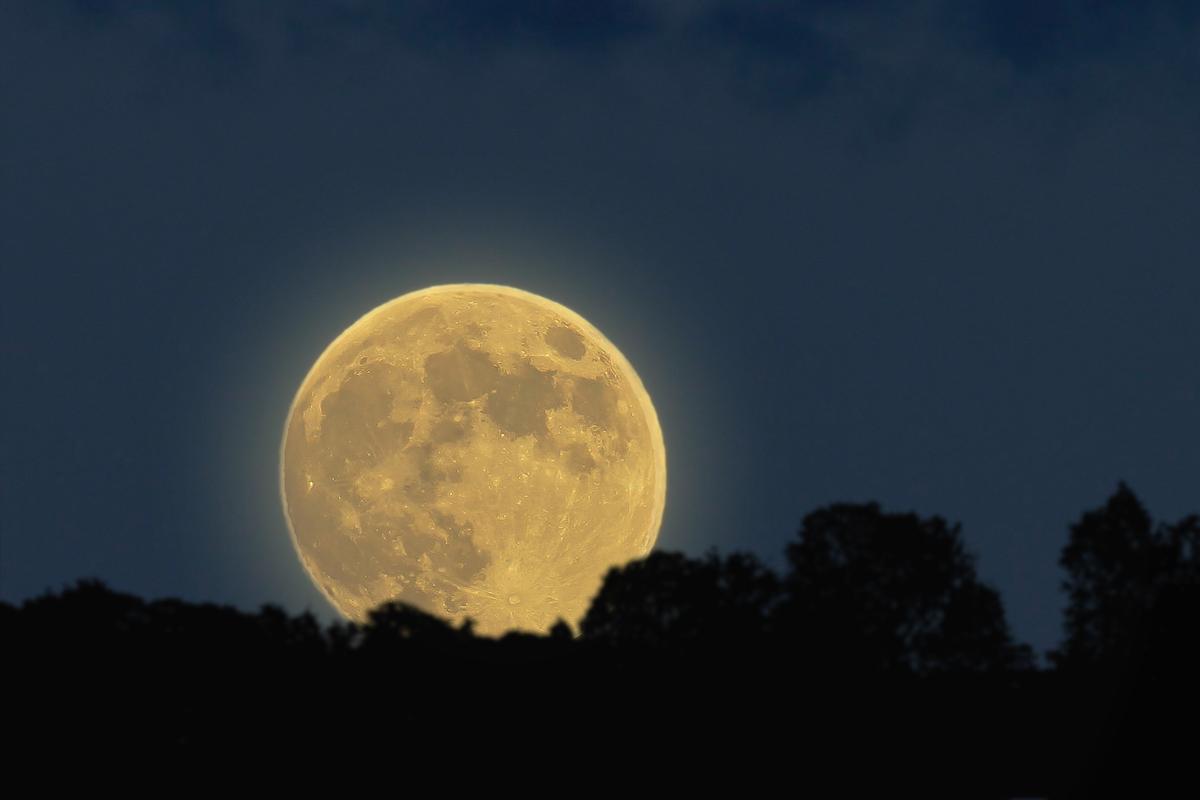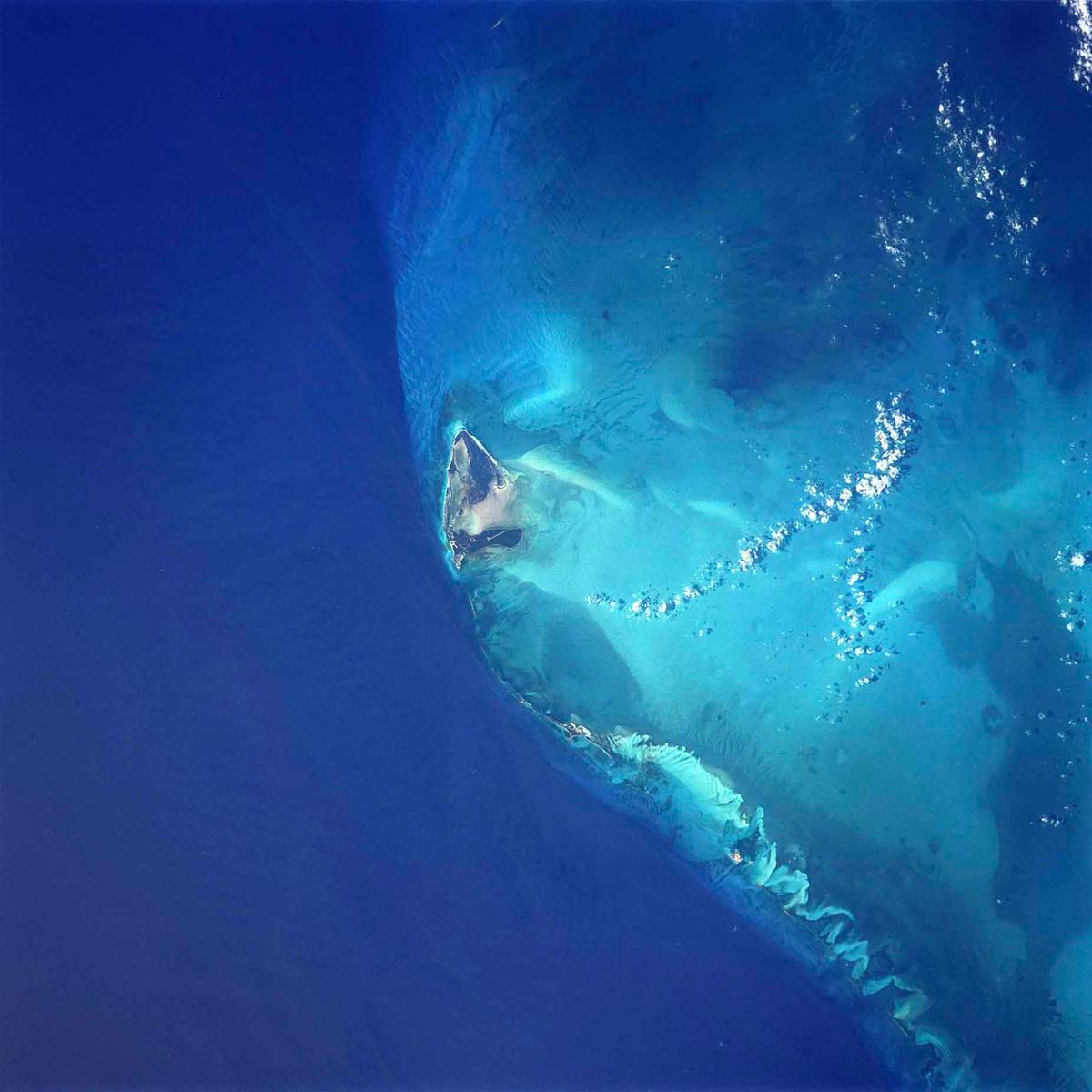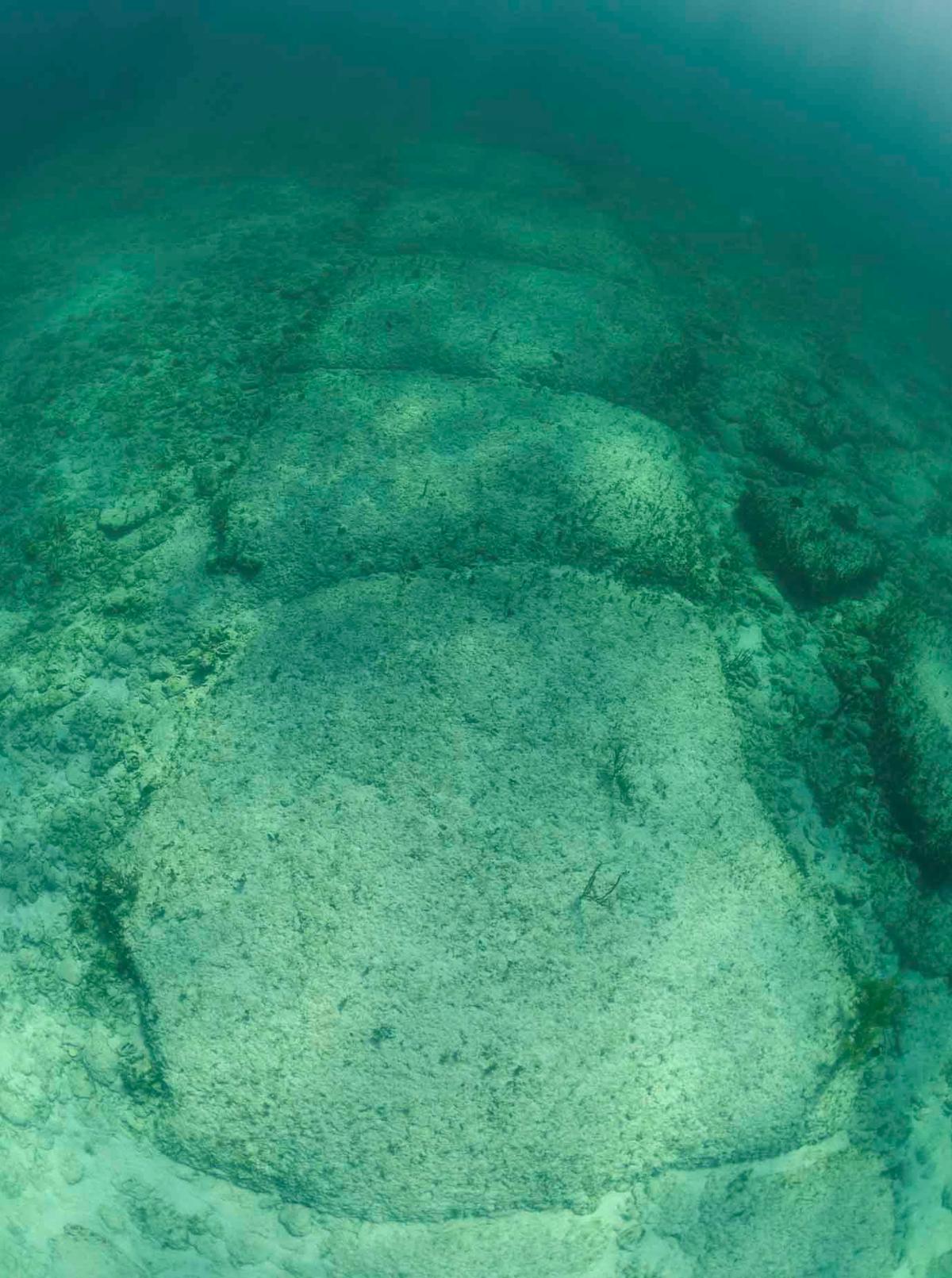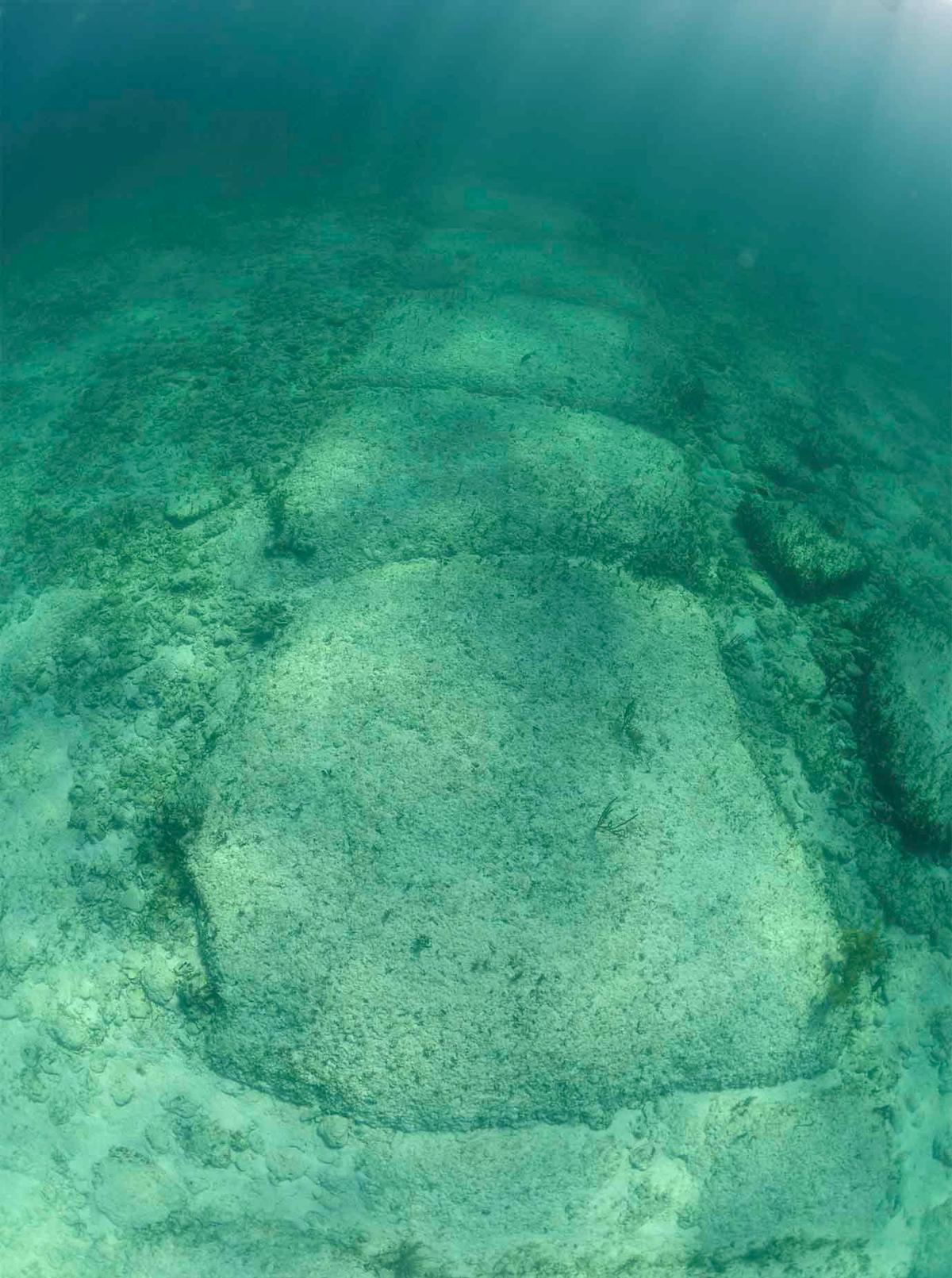The full Hunter’s Moon—a moon known for its extra-bountiful glow in autumn, one that traditionally helped hunters harvest venison into the late evening, before the winter freeze—will rise on Oct. 17. It will loom larger and brighter than ever. The reason?
It will be a supermoon. But not just any supermoon.
The Hunter’s Moon this October will be the biggest supermoon of the year, the fourth and final one of 2024.
How the Hunter’s Moon Got Its Name
Both Colonial Americans and Canadian Settlers once had to hunt to fill their stores before settling into their lodges for the winter. To this end, they would hunt late into the evening while deer and other large game were easy to spot in the open stubble fields after the harvest.
These night hunts were assisted by moonlight from October’s full moon, which mysteriously rose sooner than expected and loomed larger than was typical. It was as if it provided light specifically for their hunting.
What looked like a helping hand from the full moon gave rise to its traditional name: the Hunter’s Moon.
This year, the Hunter’s Moon falls on Oct. 17, reaching peak illumination at exactly 7:26 a.m. EDT. It will be below the horizon for stargazers here in Canada and the rest of North America at that time. But at sunset that evening you can look eastward and find it still quite full, as it will seem the following evening, on Oct. 18, and the evening prior, on Oct. 16. Moons don’t change their cycles on a dime.
It Will Be a ‘Supermoon’
Similar to September’s huge Harvest Moon, October’s full moon will be a supermoon. It will appear larger and will be closer to the Earth than usual, which happens because the moon’s distance from Earth isn’t fixed. Our largest natural satellite travels along an oval-shaped orbit, so sometimes it’s nearer and other times further away.


When a full moon occurs near the point closest to Earth along said orbit, a point called the perigee, a supermoon results. This occurred in September’s Harvest Moon and will happen again for October’s Hunter’s Moon, making it the fourth and final supermoon of the year; the largest in 2024.

On Oct. 16, perigee will be reached. At exactly 8:57 p.m. EDT, the moon will be 222,055 miles from Earth, roughly 17,000 miles nearer than average. Not 12 hours later, the full moon will fall. Supermoons can loom 7 percent larger than normal, though human eyes can’t usually tell. It’ll also shine slightly brighter.
Facts And Folklore of Autumn Full Moons
As full moons go, autumn’s are famously big. Supermoon or no supermoon, farmers have long relied on fall full moons for moonlight when working late to bring harvests in before the frost. Folklore says these moons are larger and even seem to forestall their departure mysteriously, as if gracing the harvest with extra illumination.
The “Hunter’s Moon” usually falls in October, but not always. Full moons in September, October, and November sometimes swap names. Harvest Moon always denotes the moon closest to the equinox (the first day of fall) and usually falls in September, and so, they are most commonly in September. But every so often, October’s full moon is closest to the equinox (which is in late September) and thus assumes the title Harvest Moon. When that happens, the Hunter’s Moon gets bumped into November.
Swapping names is unusual for full moons; they don’t follow that tradition in other months. April’s Pink Moon and June’s Strawberry Moon don’t shift, nor do moons of other months. Furthermore, most moon names denote the month’s entire lunar cycle, whereas the Harvest Moon and Hunter’s Moon denote just the full moon event.

Autumn moons loom larger than usual, too. Astronomers say this is just an optical illusion. Autumn moons often appear near the horizon because the moon’s arc is so affected by Earth’s axial tilt during the equinox. They may seem larger when viewed next to terrestrial foreground objects like trees or buildings. The psychological impact this has makes the moon look grander.
It’s just an illusion, though—the “moon illusion.”
But there’s more to the equinox than smoke and mirrors. Some of the strangeness is real, as autumn moons follow a perplexing schedule. On average, throughout the year, the moon rises 50 minutes later each night as its orbit carries it steadily eastward. But around the equinox, it may rise as few as 23 minutes later. This boon to farmers is no illusion.
Astronomers twist their tongues to explain it.
The Old Farmer’s Almanac says it’s because the moon’s arc has its greatest northerly component during fall and is thus at its longest. Now traveling rapidly northward, it appears to rise sooner than expected, and all the more so the further north you go.
All together—the Hunter’s Moon, the extra moonlight, the equinox, the moon illusion, and the largest supermoon of 2024—it seems we’re in for a sublime lunar spectacle. There’s a chill in the air. So grab your fall coat for an evening under the warm glow of the Hunter’s Moon. For the Silo, Michael Wing.
Featured image- Designed by friends at The Epoch Times Shutterstock/solepsizm/Richard OD/Harry L







